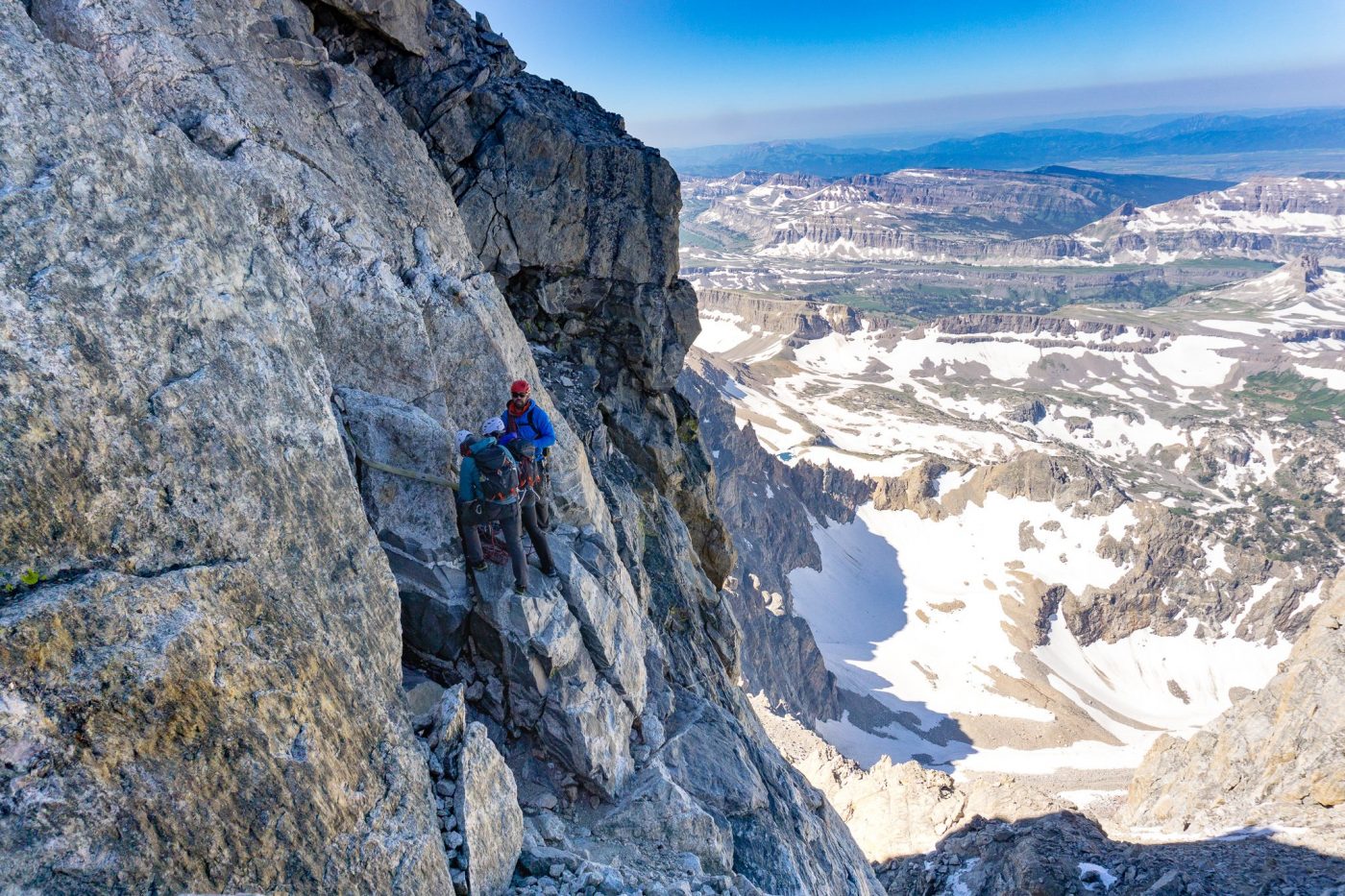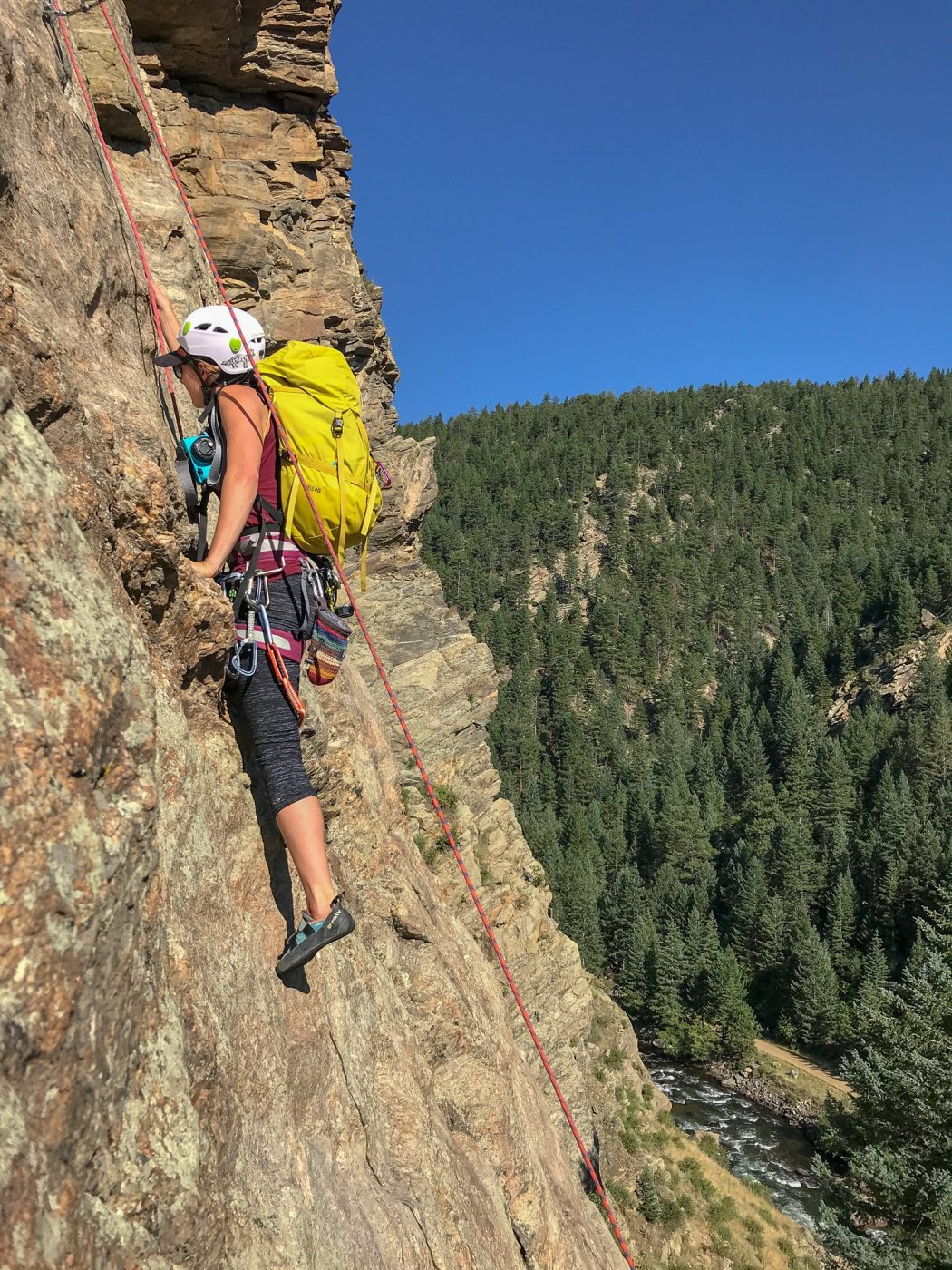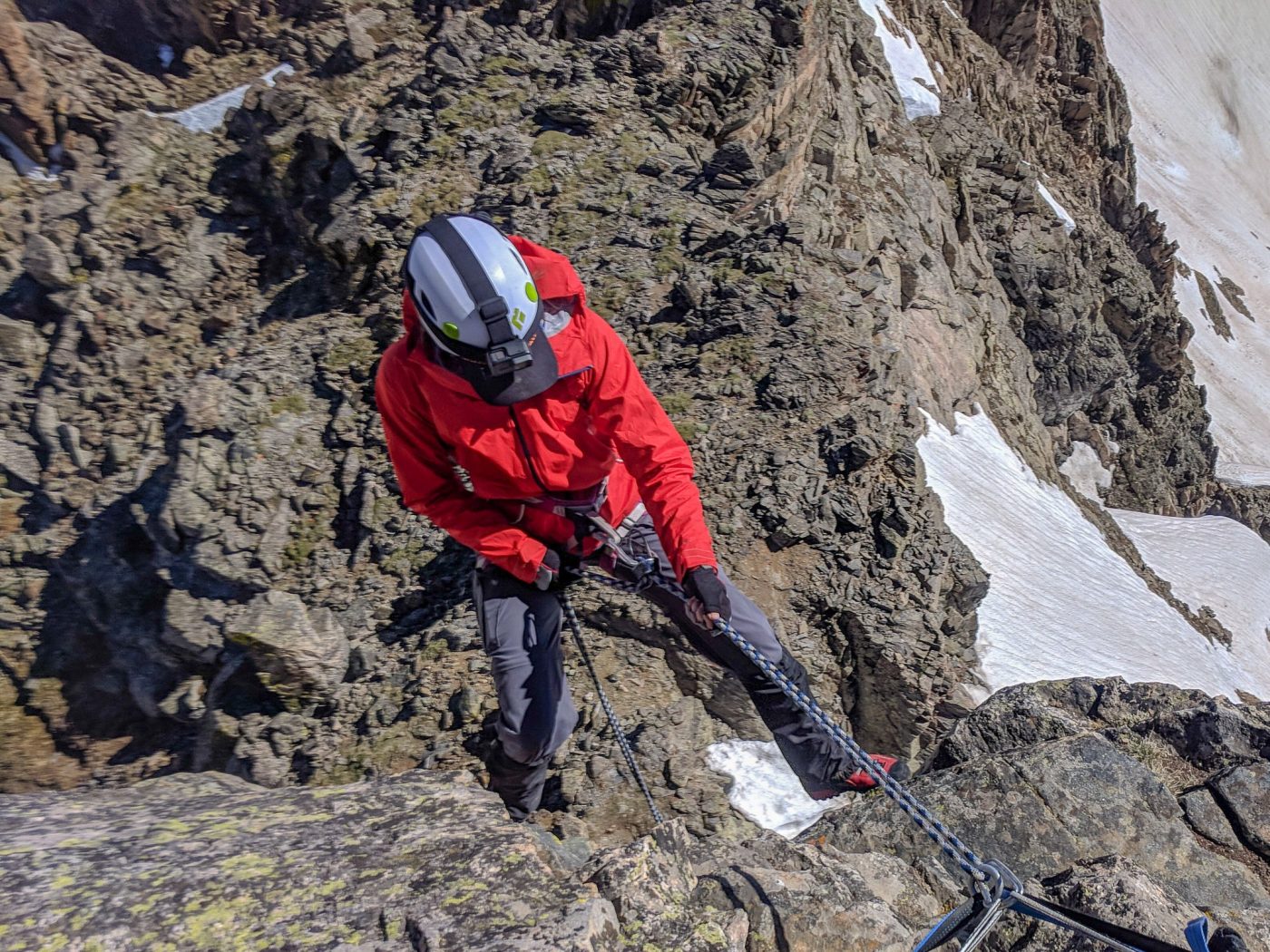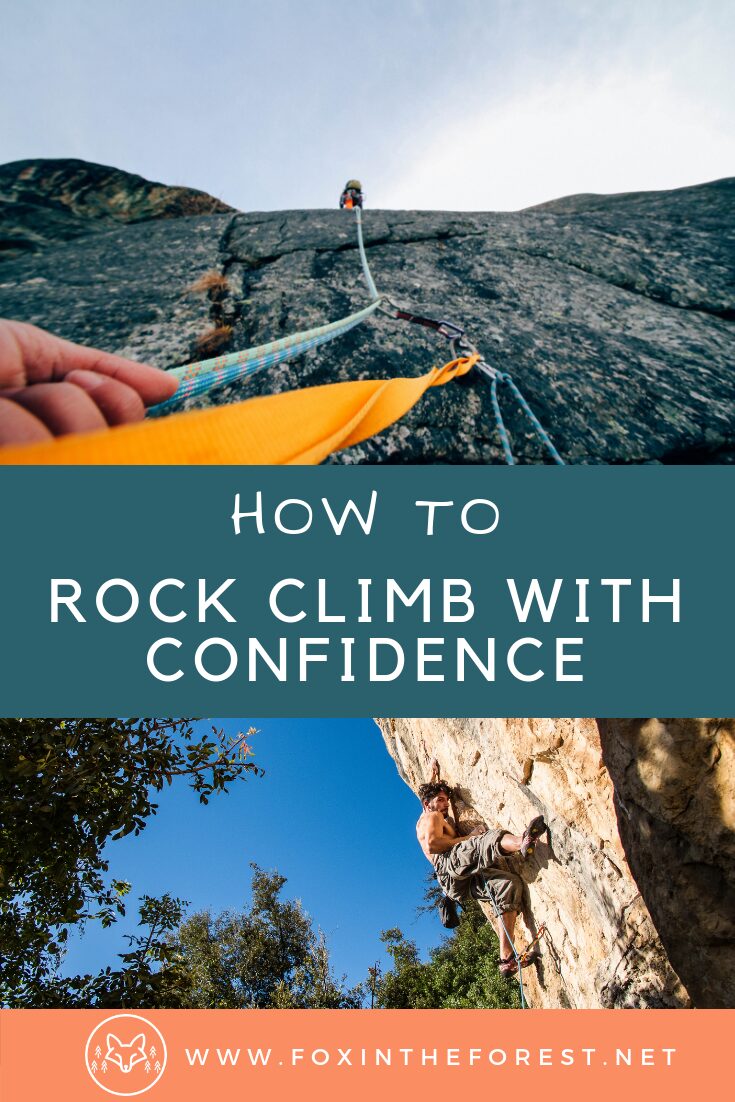Last Updated on November 5, 2021 by foxintheforest
Exposure. In the climbing world, that word either elicits utter fear or a twisted smile and a tinge of excitement. For me, that word would send me into a whirlwind panic. Every time I got on the crag my mind would race, screaming “I can’t, I can’t, I can’t!” It would render me immobile, cause me to give up and retreat with my tail between my legs whimpering.
Then something incredible happened. Exposure wasn’t so bad. I felt comfortable taking huge falls while lead climbing. I started scaling jaw-dropping heights without ropes. I’m not the type of person who has had this immaculate ability to disregard a basic human fear of heights. I am, however, a survivor. Someone who has persevered against all odds to be comfortable with exposure, even without ropes. Here’s the inside scoop on how to overcome a fear of heights in rock climbing.
It’s Okay to Be Afraid
First of all, it’s important to remember that having a fear of heights is a natural response. As living beings, we have a sense of self-preservation. Suspending yourself off of a single rope, hundreds of feet in the air is not natural. Fighting that internal fight or flight instinct keeps climbers coming back for more. And it’s totally okay to recognize that fear inside of you.
Tackling a fear of heights is not a linear process. Some days your head game (a climber term referring to your mental ability to handle exposure) is on point, you can push yourself beyond what you thought you were capable of. You can go out the next day and have an utter break down on the wall. Totally normal. Don’t beat yourself up when you have bad days, accept it as part of the journey and move on.

First Things First, Learn to Trust the Gear
The single biggest roadblock for climbers battling a fear of heights is learning to trust the gear. Sure, you can look at the gear and say ya, I trust that this was engineered properly and passed tests, but in all honesty, it’s tough to truly believe that when you’re five feet above the last bolt, the route is slabby and your legs are Elvising (shaking) all over the wall like a Vegas impersonator.
Climbing gear is meant to take an immense amount of force, so much so that a single rope can hold a Harley Davidson in the air. The gear HAS you, and if you have a competent climbing partner, your belayer has you too. When I take out friends who are new to climbing, I make them go up a bit and sit in the system. I’ll take out all the slack and tell them to sit in the harness and breathe. In the nose. Out the mouth. Audibly. You’d be amazed at how much that helps. If you’re a more advanced climber, I’d highly encourage you to take a whip therapy class. Offered by several indoor climbing gyms, this class aims to make you take fall after fall on lead until you are immune to it. Then follow up by falling every time you climb inside (or out).
New to climbing? Start here for a complete guide to getting started with your rockin’ climbing career.

Learn to Trust Yourself
Trusting yourself is arguably the hardest thing to do. There have been a few times where I’ve made a highly exposed move scrambling a peak, or I’ve gone after a crux where a fall would most certainly mean I’d hit the deck (ground). I wouldn’t be here if I had missed either one of those moves, but both required an intense trust in myself. You can never truly trust the rock, but understanding your physical ability helps. On the Grand Teton, my hands were frozen and I couldn’t feel my handholds, but I trusted my body’s strength and ability to pull and push when I needed to.
Climbers are always telling one another to trust your feet. It’s like a kid asking “are we there yet?” on a road trip. Trusting your feet is the toughest thing you’ll be challenged to do and it’ll plague you every time you climb. A great way to practice trusting your feet is getting comfortable with tiny toe holds. Practice in a gym. Hang off of hand holds with your shoulders engaged and move your feet before committing to your next hand move. Repeat over and over again. And just like your head game, expect this to be a skill you’re constantly working on.
Be Vulnerable
The only way to defeat your fear of heights is to continue to subject yourself to your fear. I used to not push myself too hard, coming up with any excuse possible not to try a roof route, lead or clean. But that really got me nowhere. It hindered my climbing career. I don’t get out there every day and push, but I certainly don’t come up with excuses just to stop myself from being scared.

Practice, Practice, Practice
In order to overcome your fear of heights with rock climbing, you need to take a deep breath and go for it. There are several baby steps you can take that will help you feel more confident. Here are a few suggestions below:
- Join a rock climbing gym. Practice, practice, practice. Gyms create more controlled environments to build your skills and offer plenty of work out aids to help gain confidence. You can do almost all of the items listed below at a gym.
- Boulder. Bouldering helps you work on footwork and get comfortable with exposure. You don’t need to do super tall routes or hard routes, practice traverses or routes that go just a few feet above the ground. Bouldering has changed my scrambling and free solo (climbing without ropes) games.
- Top rope. If you’re trying to learn something new, but you’re afraid of lead falling, try to top rope the route. Have a more experienced climber set up a top rope for you.
- Scramble canyons. There is an endless amount of low-consequence terrain (areas where a fall won’t be fatal or cause serious injury) in canyons of the southern United States. The exposure isn’t as intense as it is in the high alpine and you can practice valuable scrambling skills.
- Climb with people who are better than you. I find when I’m climbing with people who are better, I feel more confident in my own abilities.
- Rappel. Rappelling, or lowering yourself off of a cliff, not only teaches you to trust the gear, but it teaches you to trust yourself as well. It’s a great way to face your fear of heights head on.
Looking for some rappels? Check out two of my favorite rappels, one in Colorado and the other in Southern Utah.
Keep Trying
As I mentioned before, don’t expect yourself to slay every day. However, that doesn’t mean that one bad day is the end of your climbing career. Keep on trying and keep on asking yourself to be in that uncomfortable space of fear. Before you know it, you’ll find that it isn’t so scary and it’s more thrilling than anything else.
Now that you’re armed with some know-how on how to overcome your fear of heights in climbing it’s time to get out there, be brave, and explore the other side of fear. Climb on my friends!
Get your climb on with these crag-tastic posts designed for the send!
- Climbing gear 101 what you need to know
- The best beginner climbing routes in Clear Creek Canyon, Colorado

